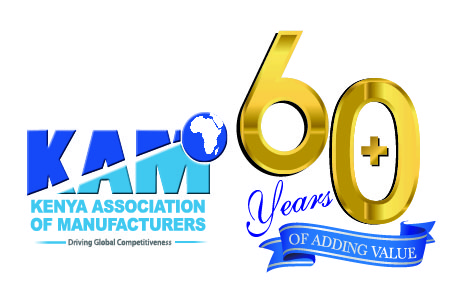The Youth are the Main Drivers of Economic Growth
By Phyllis Wakiaga
At the UN Global Compact Summit that was held in New York last month, we looked at how to move the Sustainable Development Goals from conference hallways into real life scenarios that would impact lives in real time and drive participation from diverse demographics. The ‘Next generation is now’ discussion specifically looked at how the youth can take a lead in driving SDGs in a bid to promote inclusive and sustainable economic growth. I strongly believe that, because we as a continent as going through the demographic transition, this is the perfect time for the youth to take a more prominent role in shaping our economic trajectory.
East Asia has always been used as an outstanding example of rapid economic progress into industrialisation in what is commonly referred to as The East Asian Miracle. It is worth noting that, of the various factors credited for this, the rapid snowballing of human capital, comprised mainly of the youth, was cited as one of the key engines for the Miracle. This translated into an increased life expectancy for 8 countries in East Asia, significant improvement in human welfare and a drastic reduction of poverty. According to the World Bank, poverty reduced from ‘58 percent in 1960 to 17 percent in 1990 in Indonesia and from 37 percent to less than 5 percent in Malaysia during the same period.’
These remarkable statistics came about as a result of East Asia’s prudence in taking advantage of its demographic dividend at exactly the right moment. The demographic dividend has been described as a ‘window’ of 30 years in which there’s increased life expectancy for the working-age population, and consequently reduced spending on dependents. I would say that many Africa countries are in that space now; and if we strike whilst the iron is hot we are guaranteed a sustainable future for many generations to come.
Economists have projected that because demographics can contribute to 15 per cent of the GDP, it is likely that if we take advantage of this window our poverty rate will reduce significantly resulting in approximately 40 million people being less impoverished. This will set the stage for Africa to establish itself as a key player in future global markets. To achieve this we need to embark on aggressive strategies to formulate strong policies and frameworks that will tap into and sustain the potential of our demographic dividend as a continent.
Our first step is to create a support system for efforts that foster human capital accumulation and job creation, at the moment it seems that productive jobs with huge potential are nested within the creative economy. Even when looking at how we can take industrialisation to the next level for the future we are doing this on the wheel of the innovations emerging from the creative industries such as fashion, arts, cosmetics and many more.
Presently, the creatives are facing numerous challenges with regard to defining their businesses and gaining acceptance from the other more traditional sectors as valid investments. Due to this a significant number of them fall in the informal sector bracket which translates to little or no access to social protection and eventually this impacts their ability to thrive. It means they cannot, for instance, lobby for favourable policies to trade across borders, neither can they attract long-term investors for their businesses. These challenges do nothing to reward and cultivate dynamic entrepreneurship, the kind that will see us increase our competitiveness and the value of our local markets. We are therefore compromising the ability of our working-age population to deliver to us our very own Miracle.
Formalising these businesses in a way that does not compromise their creative nature is a quick win to grow creative industries and prop them to benefit from trade agreements that target SMEs. A good example is the African Growth and Opportunities Act that guarantees market access for local products to the US market, which presents endless possibilities in job creation and the growth of diverse value chains.
A working policy paper commissioned by the IMF in 2014, projected that an average African country with an estimated initial per capita income level of US$550 in 2010 is expected to reap from a demographic dividend of about US$1,350 by the year 2100. ‘The resulting GDP per capita of US$3,865 is higher by about 56 percent compared with a scenario of an unchanged share of working age population.’
Therefore, our vision for a sustained inclusive growth is not just shop-talk if we are keen to use these projections to our own advantage.
The writer is the CEO of the Kenya Association of Manufacturers and the local representative for Global Compact Network in Kenya.
Looking for elevation? KAM lifts you up.
- Direct technical assistance
- Capacity building programmes
- Networking and mentorship
- Industry insights & analysis
- Trade & export development services
